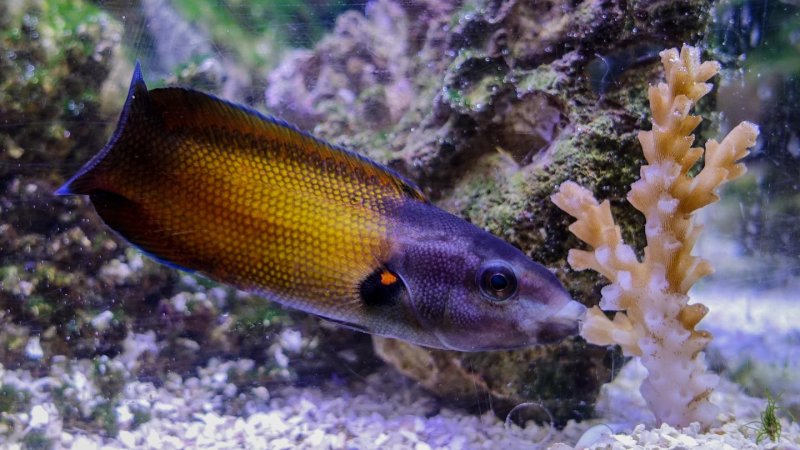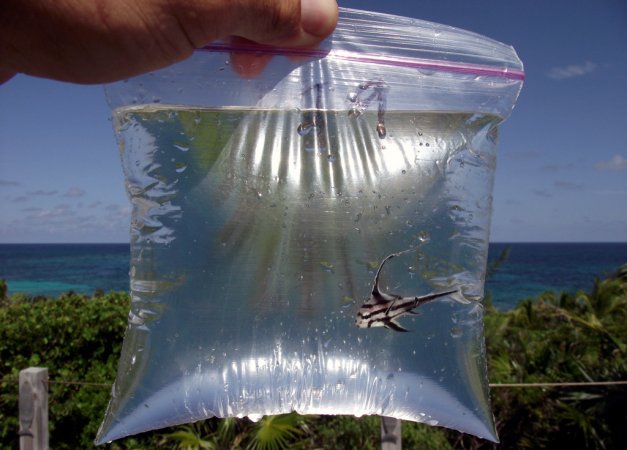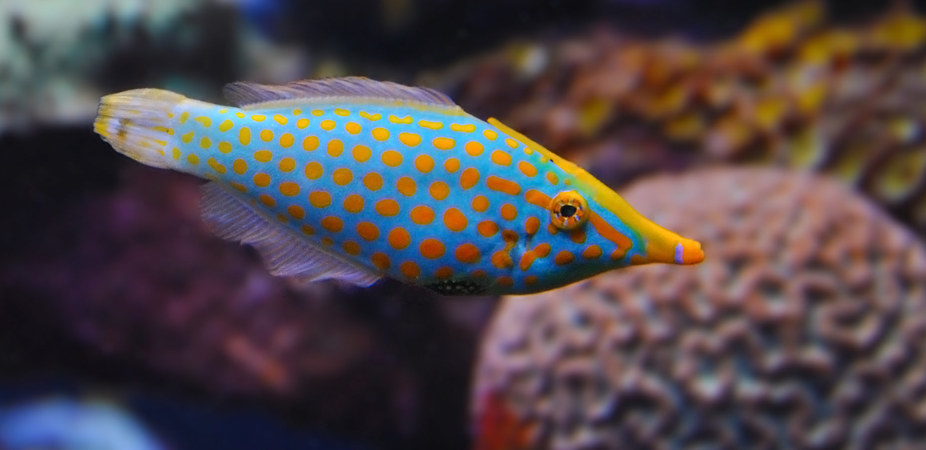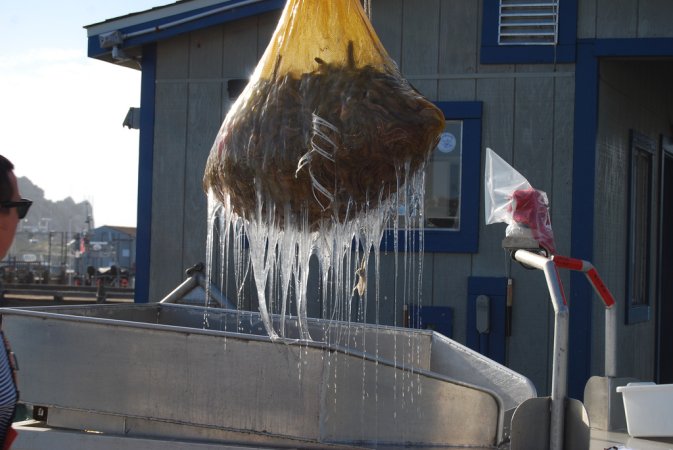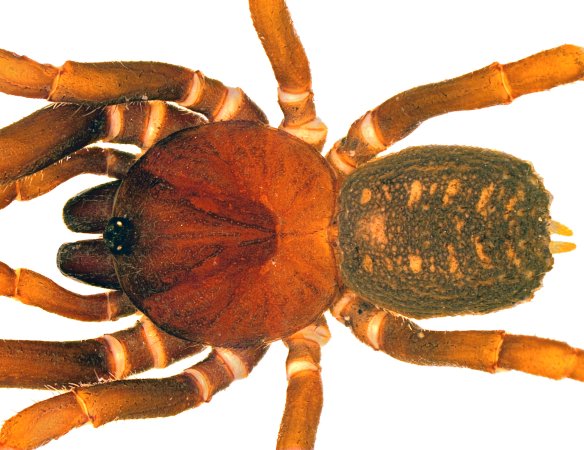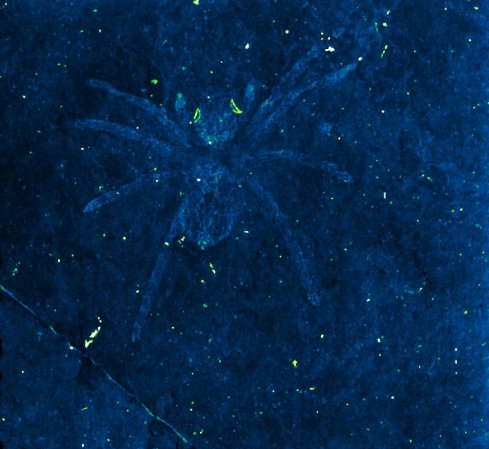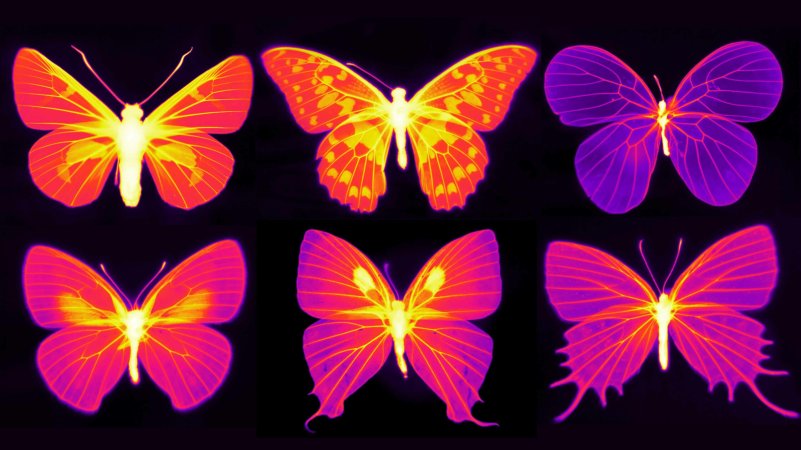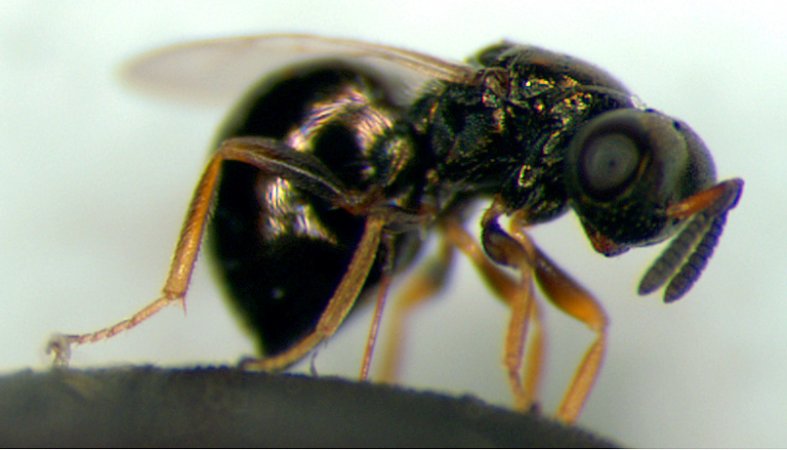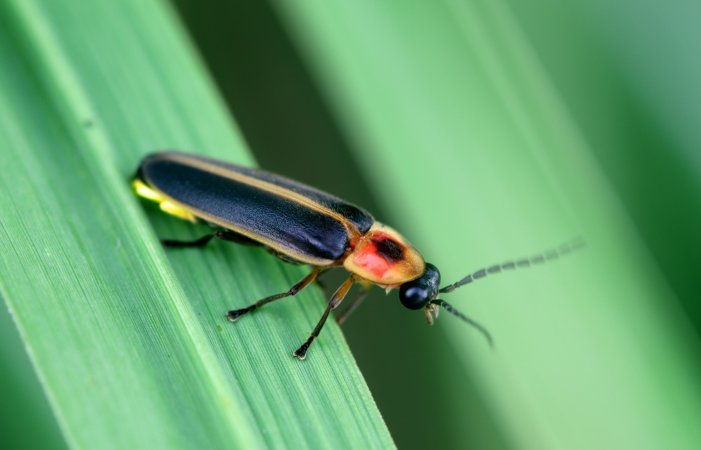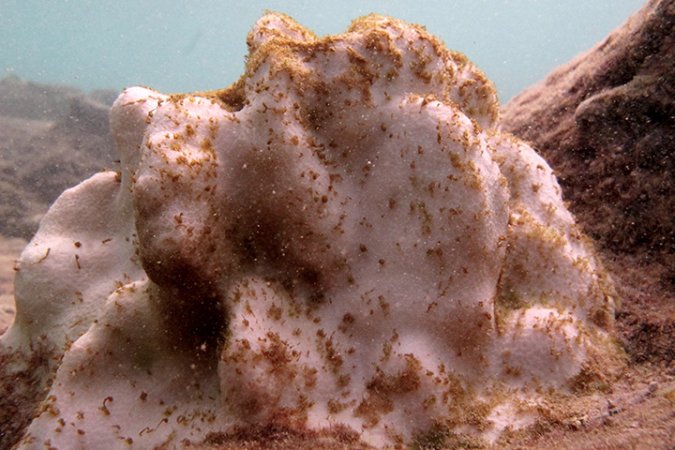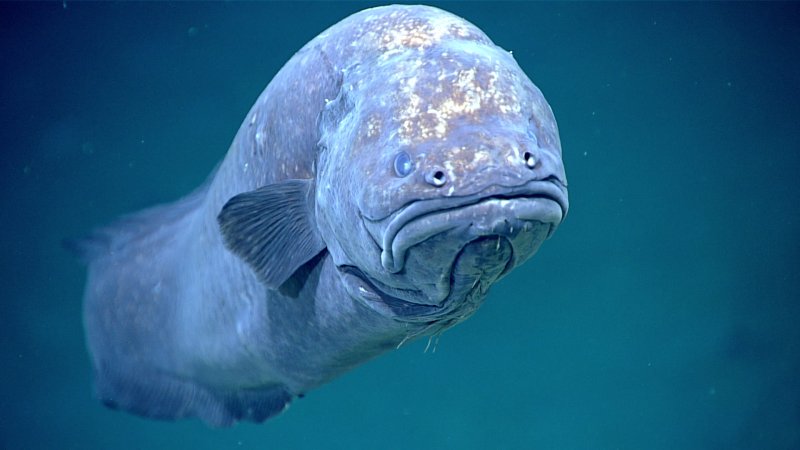

With a color palette brighter than a bag of Skittles, you’d think the rose-veiled fairy wrasse would have no trouble standing out. But in the teeming waters of the Indian Ocean, it’s easy for a fish to swim under the radar, even when it looks like it’s ultraviolet.
For decades, the rose-veiled fairy wrasse was mistaken for its relative, the rosy-scales fairy wrasse. The two reef fish both grow up to three inches long, sport the same shocking ombre patterning, and float around the water column like dazed little sprites. But there are some subtle differences. The rose-veiled fairy wrasse has a more rounded tail fin and red-purple crosshatches on parts of its body. The adults of both species also vary in coloration, though it’s hard to tell with the dimness underwater.
[Related: An unknown Galapagos tortoise species may be lurking in museum bones]
These are the little details that helped biologists in the Maldives identify a new type of marine life—one that they were already quite familiar with. The rose-veiled fairy wrasse is a beloved aquarium fish that’s specifically found in twilight reefs, a coral habitat that thrives 100 to 300 feet under the ocean’s surface. The reefs are adapted to low-light conditions, and are generally more preserved than corals in the shallows, which are exposed to human disturbances like climate change.

“Though the species is quite abundant and therefore not currently at a high risk of overexploitation, it’s still unsettling when a fish is already being commercialized before it even has a scientific name,” Luiz Roza, curator of ichthyology at the California Academy of Sciences, said in a press release. He worked with researchers from the Maldives, Australia, and the Field Museum in Chicago to publish a species description of the rose-veiled fairy wrasse in the journal ZooKeys.
The paper compares the rose-veiled fairy wrasse specimens with several other species from the same genus, including the rosy-scaled fairy wrasse, which it was once lumped together with. The first species ranges in waters between the Maldives and Sri Lanka; the second lives farther south around the small island chain of Chagos. Both frequent “rubble bottoms scattered with loose coral cover,” according to the research.
The authors also cited photos, videos, and measurements taken from remotely operated submersibles in the twilight zone. Ultimately, they clocked enough visual differences to propose the rose-veiled fairy wrasse as its own species. They gave it the Latin name, Cirrhilabrus finifenmaa, after the national flower of the Maldives. (It translates to “rose” in the local Dhivehi language.)
The research was part of a longer expedition called Hope for Reefs, where divers and biologists band together to analyze the biodiversity of the twilight zone in the Maldives. In the process they’re coming up with strategies to conserve the deep-water corals—and all the eye candy living in them.
